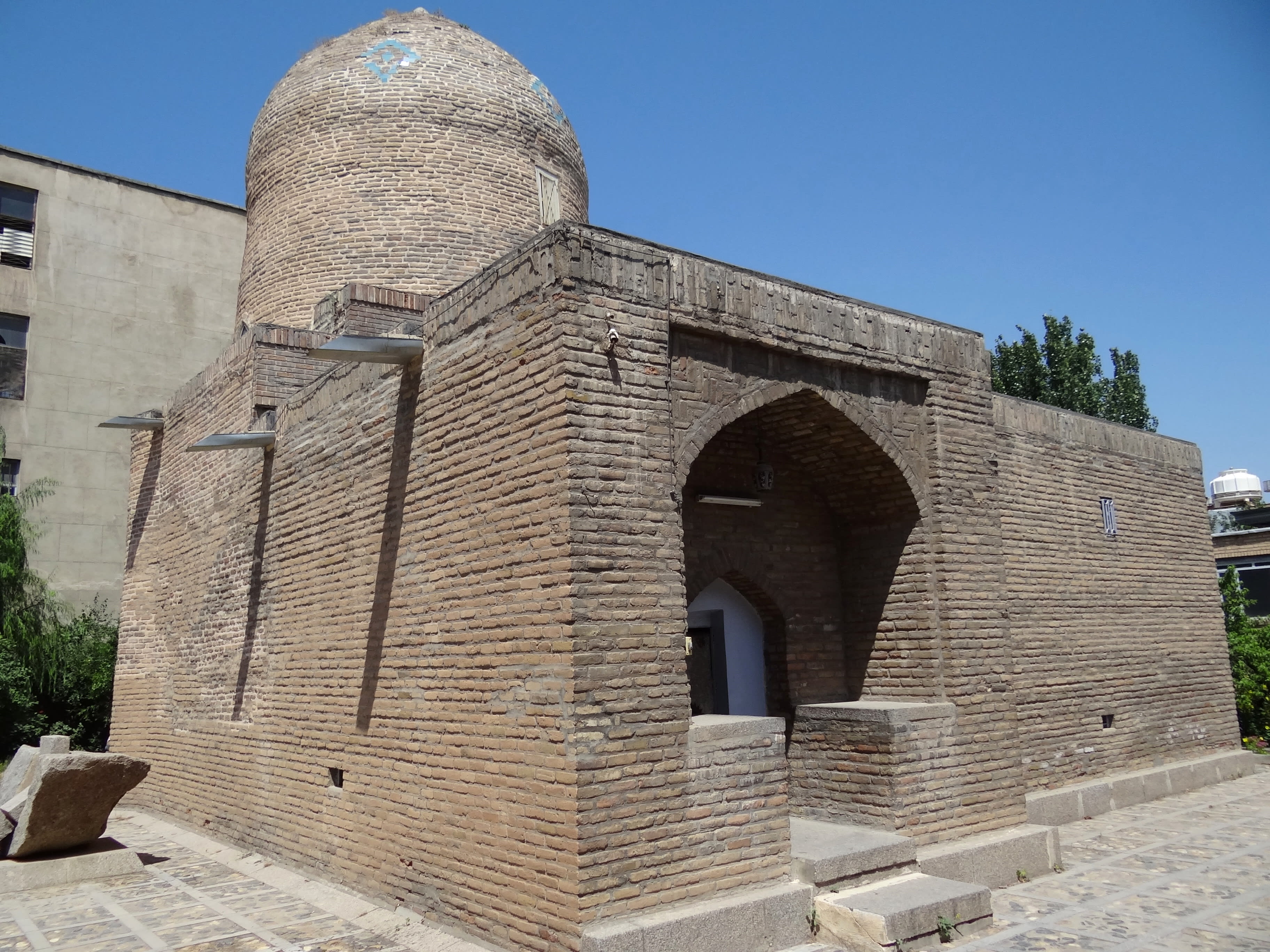
A few months ago, the normally hostile Iranian regime took the rather unusual step of adding a Jewish holy site to its National Heritage List.
On December 9, 2008, Iranian news outlets reported that the tomb of Mordechai and Esther, heroes of the Purim saga, would now be under official government protection and responsibility.
The move cast a brief spotlight on the site, which is well-known to Iranian Jews but largely unfamiliar to those outside the country. And with Purim being celebrated this week, it is worth taking a moment to ponder this relic of our ancient past.
The mausoleum housing the shrine of Mordechai and Esther consists of a simple brick structure crowned with a dome which was built some five to seven centuries ago over the underground gravesites. It is located in the northwestern Iranian city of Hamadan, which is about 335 kilometers west of the capital, Tehran. According to tradition, Hamadan is believed to be the site of the city of Shushan, which played such a central role in the events described in the Book of Esther.
Various travelers down through the ages took note of the site, with the first having been Benjamin of Tudela, the famed 12th century Jewish explorer.
Iranian Jews revered the shrine, and many would travel to Hamadan to observe Purim there by reading the Megillah alongside the tomb. Others held family celebrations, such as bar-mitzvahs or circumcisions, at the site.
The entrance to the building is said to have been built intentionally low, in order to compel visitors to bow their heads upon entering, thereby engendering a requisite attitude of respect. Inside the main hall, which is adorned with Hebrew inscriptions, lie two large, decorated wooden boxes, or trunks, below which are said to be the final resting places of Mordechai and Esther.
A small synagogue adjoins the tomb, and the site is also considered holy by Muslims and Christians, who come to pray there as well.
Next to the mausoleum lies a large hollow in the ground, which Iranian Jews believe to be an entrance to a tunnel that stretches all the way to Jerusalem.
Interestingly, there is a competing tradition which identifies the traditional burial place of Queen Esther and Mordechai as being on the outskirts of the village of Baram, in the upper Galilee, near Safed.
As early as 1215, Rabbi Menachem Ha-Hevroni wrote that while visiting the Galilee, he came across the tomb of Queen Esther, “who, during her lifetime, had instructed her son Cyrus to bring her there [for burial]”. Later pilgrims mentioned the site, and noted that special celebrations were held there on Shushan Purim.
Currently, the tomb is believed to be located in the ruins of a building found in the Baram National Park.
After the area was liberated in Israel’s War of Independence, a group of Safed Jews went up to the tomb on Purim in 1949 and read the Megillah there to revive the long-standing custom of previous generations.
Hence, we have two conflicting traditions as to where the protagonists of the Purim story are buried, with one placing them in Persia and the other right here in Israel, much closer to home.
And while we can not say with any certainty which of the two traditions is more authentic or correct, of one thing we can all be sure: the deeds of these two great Jewish heroes will never fade from our collective memory. As the Megillah (9:28) itself tells us: “and these days of Purim shall not pass from among the Jews, and their memory shall not elapse from among their descendants”.
Michael Freund served as Deputy Communications Director in the Israeli Prime Minister’s Office from 1996 to 1999 under former premier Binyamin Netanyahu. He is currently Chairman of Shavei Israel (www.shavei.org), a Jerusalem-based group that assists “lost Jews” seeking to return to the Jewish people.
The words of this author reflect his/her own opinions and do not necessarily represent the official position of the Orthodox Union.

